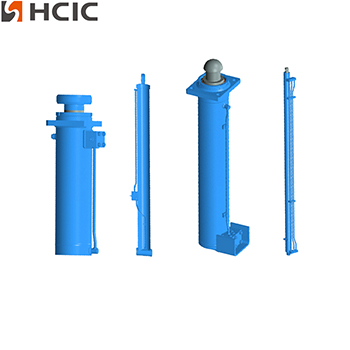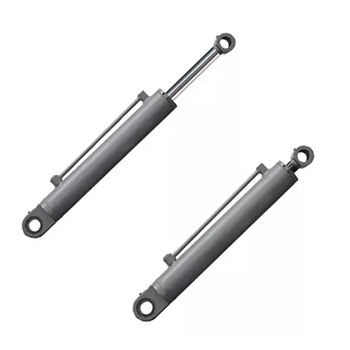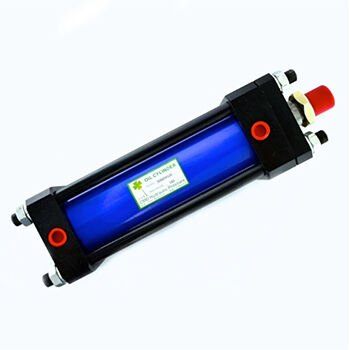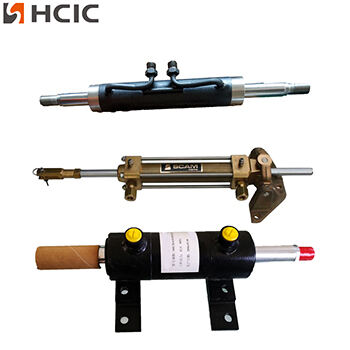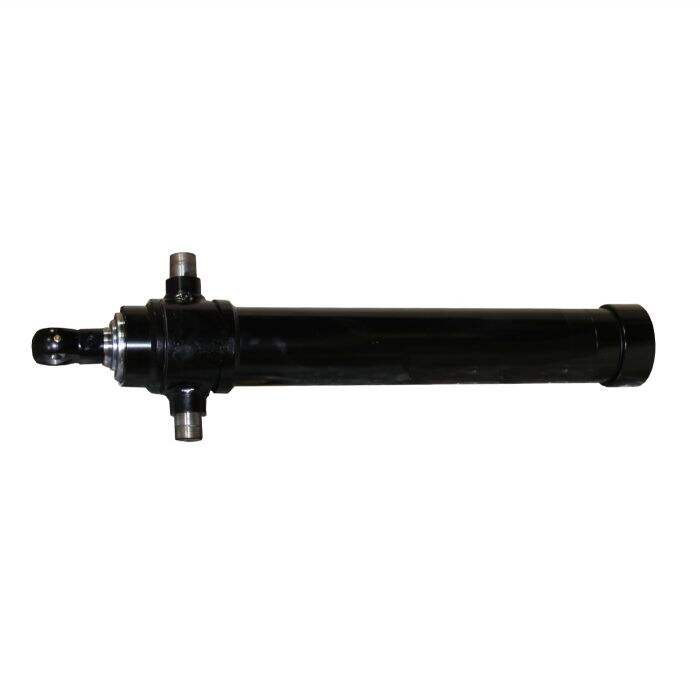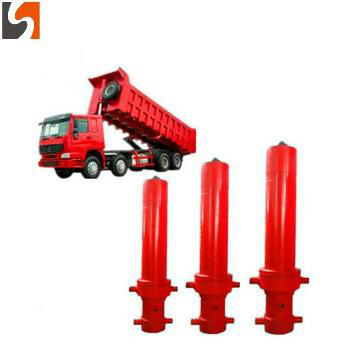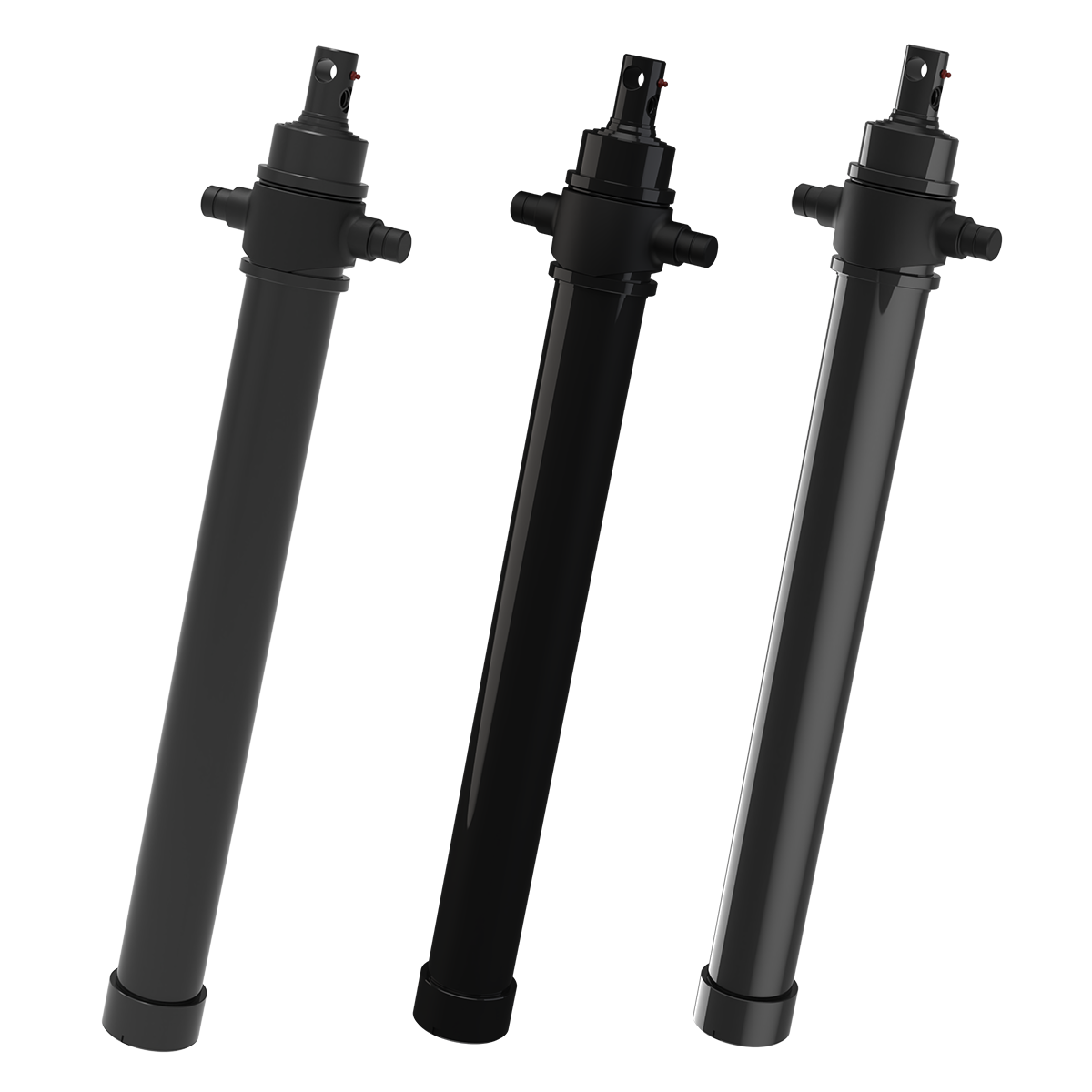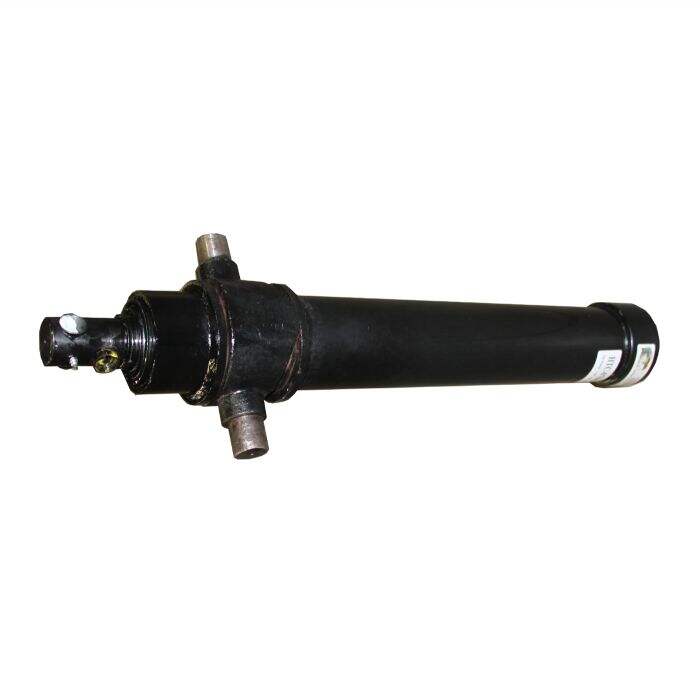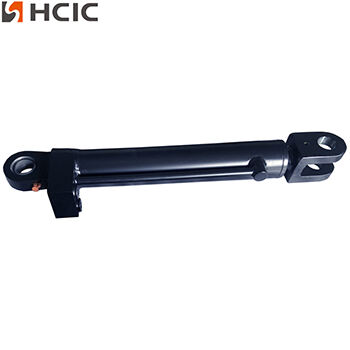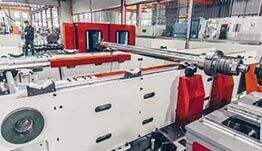What are the environmental impacts of hydraulic cylinder manufacturing
The manufacturing of hydraulic cylinders, like many industrial processes, has several environmental impacts. These impacts arise from various stages of the production process, including material extraction, manufacturing, and disposal. Here are some key environmental considerations:
1. Material Extraction and Processing
- Resource Depletion: The production of hydraulic cylinders often involves the use of metals such as steel and aluminum. Extracting and processing these materials can deplete natural resources and cause habitat destruction.
- Energy Consumption: Mining and refining metals require significant amounts of energy, often derived from fossil fuels, contributing to greenhouse gas emissions and climate change³.
2. Manufacturing Processes
- Energy Use: The manufacturing process itself is energy-intensive. Operations such as machining, welding, and heat treatment consume large amounts of electricity and fuel, leading to further emissions.
- Emissions: Manufacturing processes can release pollutants into the air and water. For example, welding and machining can produce particulate matter and volatile organic compounds (VOCs), which can harm air quality.
- Waste Generation: The production of hydraulic cylinders generates waste materials, including metal shavings, used oils, and solvents. Proper disposal and recycling of these materials are crucial to minimize environmental impact.
3. Use of Hydraulic Fluids
- Oil-Based Fluids: Traditional hydraulic systems often use oil-based fluids, which can be harmful to the environment if not managed properly. Spills and leaks can contaminate soil and water sources.
- Eco-Friendly Alternatives: There is a growing trend towards using biodegradable and less toxic hydraulic fluids, which can reduce the environmental impact of hydraulic systems.
4. End-of-Life Disposal
- Recycling: Hydraulic cylinders can be recycled, but the process must be managed carefully to avoid environmental contamination. Metals can be melted down and reused, but any residual hydraulic fluid must be properly disposed of.
- Waste Management: Improper disposal of hydraulic cylinders can lead to environmental pollution. Ensuring that end-of-life cylinders are recycled or disposed of in an environmentally friendly manner is essential.
5. Innovations and Sustainability Efforts
- Energy Efficiency: Advances in manufacturing technology are helping to reduce the energy consumption of hydraulic cylinder production. For example, more efficient CNC machines and welding techniques can lower energy use.
- Sustainable Materials: The use of recycled materials and the development of new, more sustainable alloys can reduce the environmental footprint of hydraulic cylinders.
- Green Manufacturing Practices: Implementing green manufacturing practices, such as reducing waste, recycling materials, and using renewable energy sources, can significantly mitigate the environmental impact.
Conclusion
The environmental impacts of hydraulic cylinder manufacturing are multifaceted, involving resource extraction, energy consumption, emissions, and waste generation. However, through the adoption of sustainable practices and innovative technologies, the hydraulic industry is making strides towards reducing its environmental footprint. By focusing on energy efficiency, eco-friendly materials, and proper waste management, manufacturers can contribute to a more sustainable future.HCIC is a professional hydraulic manufacturer, mainly engaged in hydraulic system design, manufacture, installation, transformation, commissioning and hydraulic components brand sales and technical services.We hope that our product can help to save your cost and improve your quality. For More details please email us "[email protected]" or google search "HCIC hydraulic"

 EN
EN
 AR
AR
 BG
BG
 HR
HR
 CS
CS
 DA
DA
 NL
NL
 FI
FI
 FR
FR
 DE
DE
 EL
EL
 HI
HI
 IT
IT
 JA
JA
 KO
KO
 NO
NO
 PL
PL
 PT
PT
 RO
RO
 RU
RU
 ES
ES
 SV
SV
 CA
CA
 TL
TL
 IW
IW
 ID
ID
 LV
LV
 LT
LT
 SR
SR
 SK
SK
 UK
UK
 VI
VI
 HU
HU
 TH
TH
 TR
TR
 FA
FA
 MS
MS
 GA
GA
 CY
CY
 KA
KA

